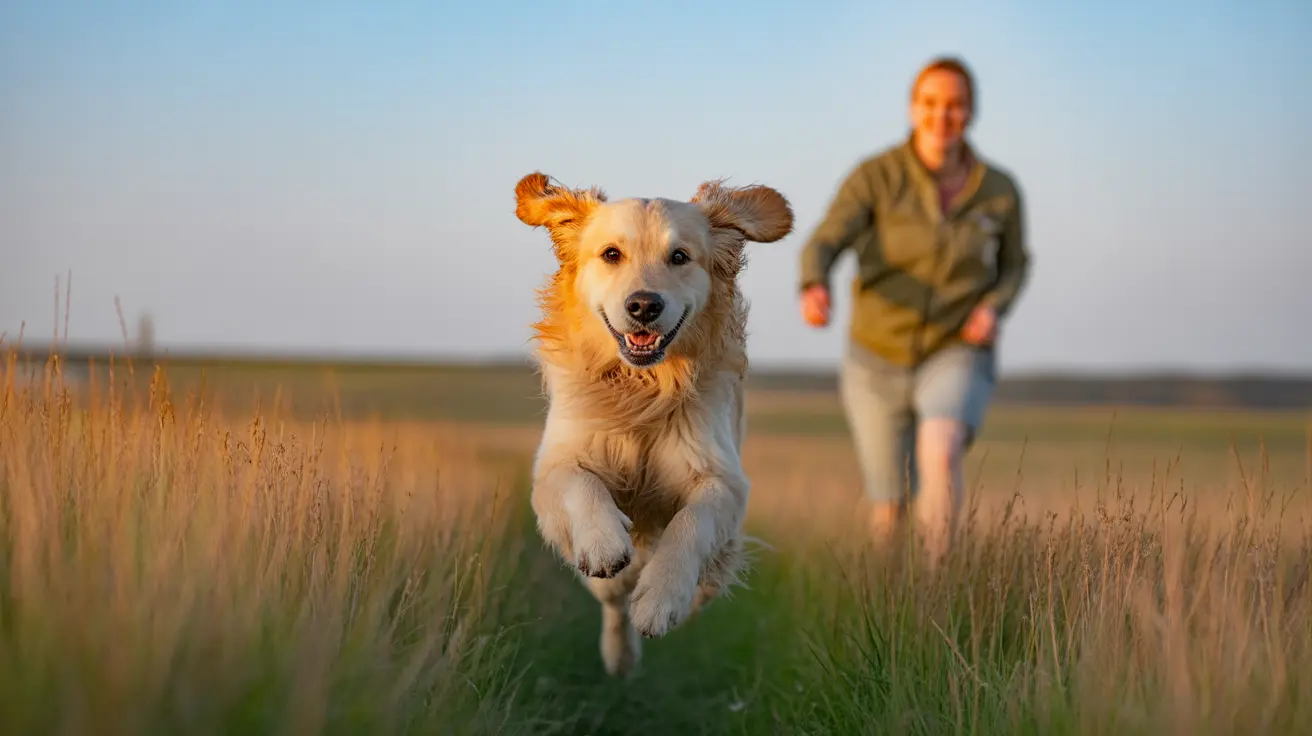Understanding Clingy Behavior in Dogs: Is It Normal?
Dogs are known for their loyalty and affection, often forming deep, emotional bonds with their human companions. When your dog constantly follows you around, leans on you, or insists on close proximity, it might lead you to wonder: Is my dog being clingy? Understanding the reasons behind this behavior can enhance your connection and help address any concerns.
What Does Clingy Behavior Look Like?
Clinginess in dogs refers to behavior patterns where the dog constantly seeks physical proximity or attention. Common examples include:
- Following you from room to room
- Sitting on your feet or close by consistently
- Insisting on being in your lap or touching you
- Becoming anxious when you're not in sight
- Sleeping with their back or bum facing you as a sign of safety
These behaviors often communicate trust, comfort, and affection.
Reasons Your Dog May Be Clingy
- Trust and Affection: Exposing their back or rear to you signifies that they feel secure and not threatened. Sleeping or sitting this way confirms their emotional safety in your presence.
- Pack Bonding: Dogs are pack animals. Closeness is both instinctual and essential to their social structure. By staying physically near, your dog is reaffirming your role in their 'pack.'
- Scent Marking: Dogs have scent glands under their tails. Leaning or pressing against you might be their way of marking you as part of their family group.
- Attention Seeking: Your dog may enjoy getting scratches, especially at the base of the tail. This area is hard for them to reach, and they trust you to help them feel good.
- Protection and Alertness: In certain sleep positions, such as facing away from you but toward a doorway, dogs remain alert while resting. It allows them to keep watch over their 'den'—this includes you.
- Breed Tendencies: Some breeds, including Golden Retrievers and Labradors, are naturally more affectionate and prone to clingy behaviors due to their strong companion instincts.
When Is Clinginess a Concern?
While most clingy behavior is harmless and even flattering, excessive behavior could signal a deeper issue, such as:
- Anxiety or fear around certain environments or changes in the household
- Health issues, particularly if the behavior is sudden
- Anal gland discomfort if your dog constantly rubs or scoots their rear
Be alert for accompanying signs like excessive licking, whining, or restlessness. If these occur, consult your veterinarian.
How to Gently Manage Clingy Behavior
- Positive Reinforcement: Reward your dog for independent play.
- Training: Teach cues like “stay” or setting boundaries to help build confidence.
- Routine: Consistent walks, meals, and playtime foster security.
- Safe Spaces: Provide a bed, blanket, or crate where your dog feels secure on their own.
- Socialization: Encouraging gentle interactions with other humans or dogs can reduce over-dependence on one person.
The Bond Behind the Behavior
Ultimately, most clingy behavior stems from love and loyalty. It reflects the strong emotional connection dogs form with humans. Recognizing and respecting these gestures—whether in the form of leaning, sleeping positions, or a simple hip nudge—affirms your place in their emotional world.
Understanding and nurturing these signals can deepen your relationship, ensuring both you and your furry friend enjoy a balanced and trusting companionship.





